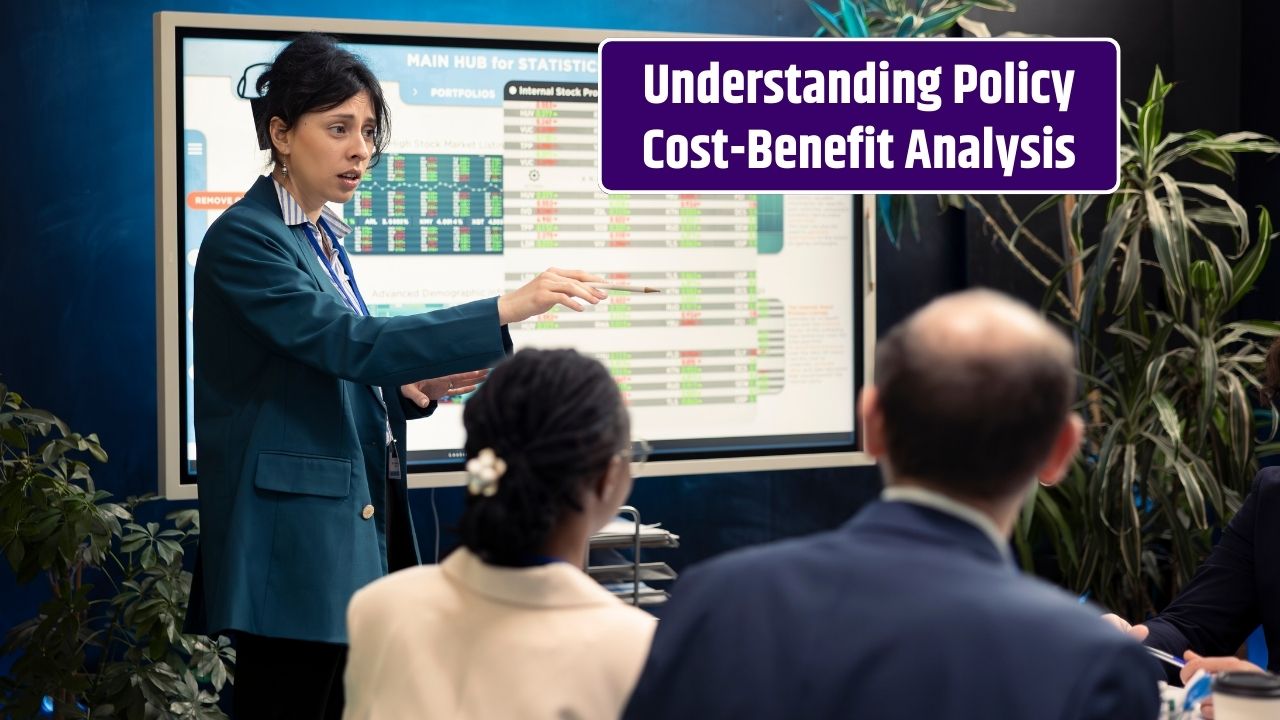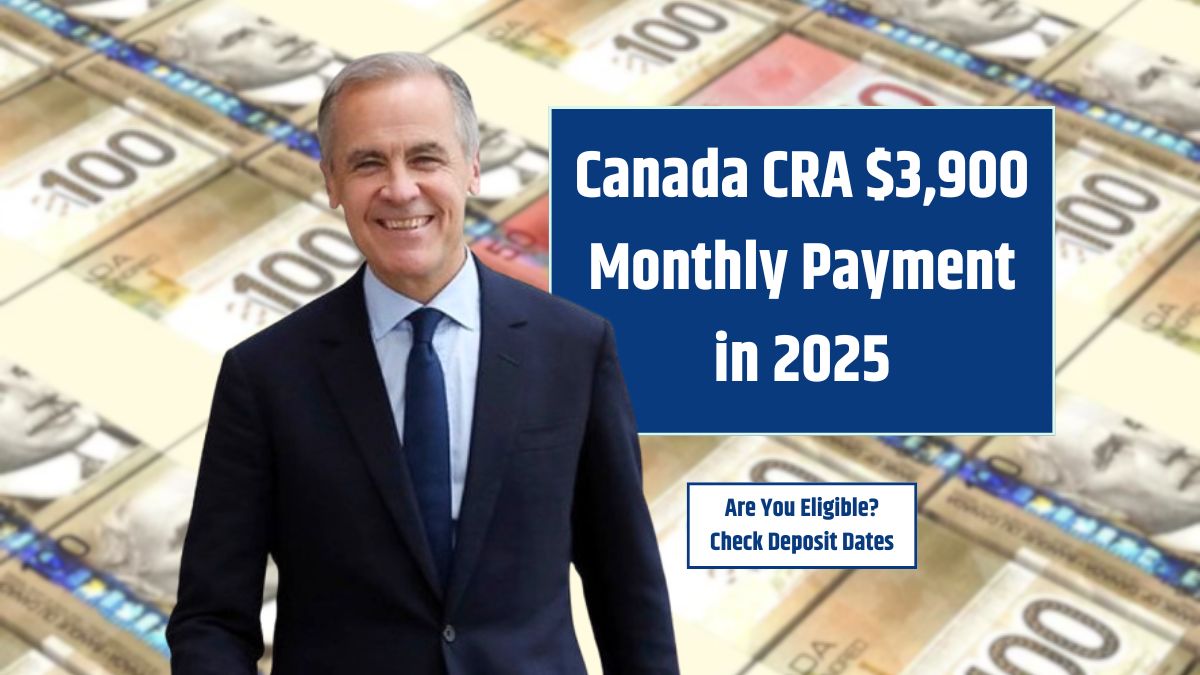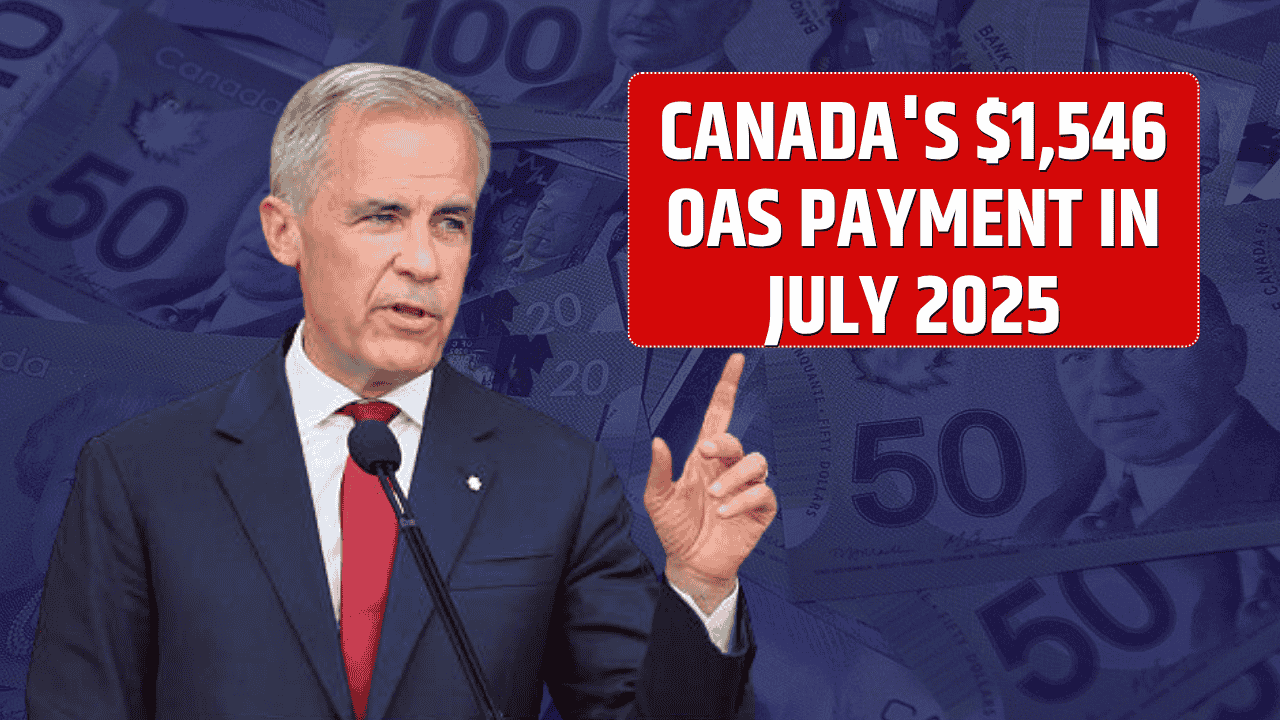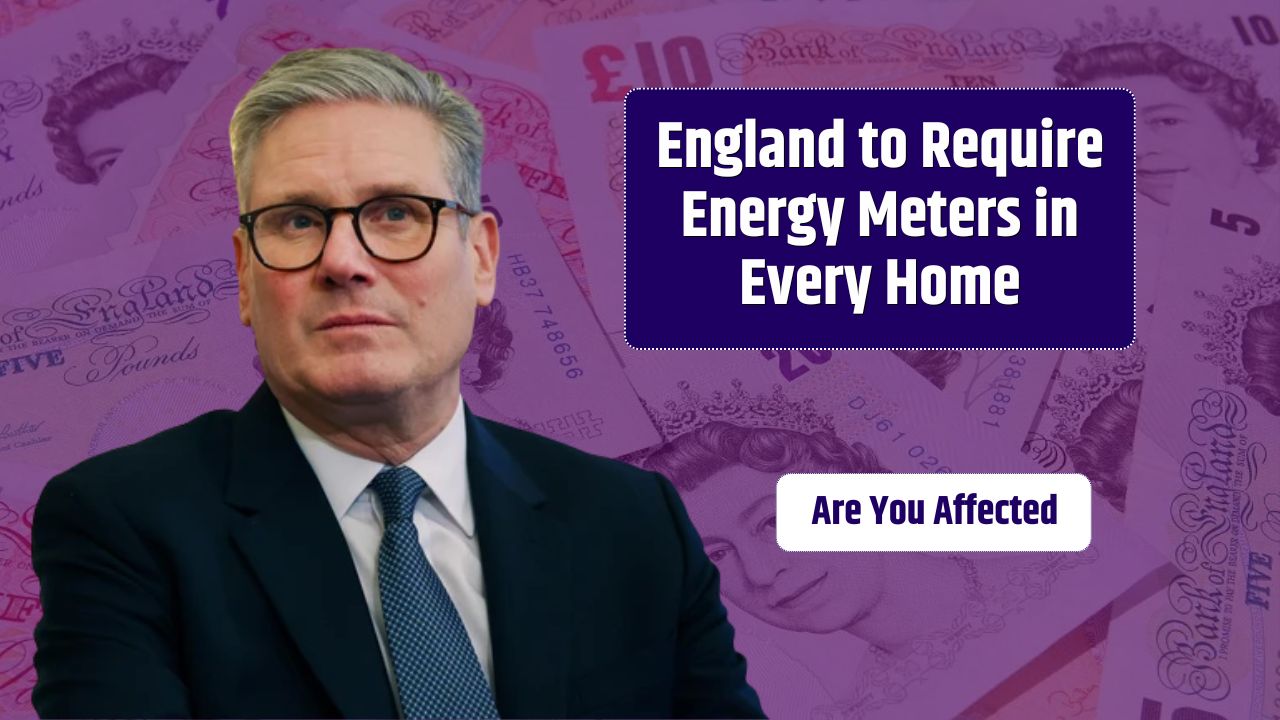When governments plan new programs or consider changing existing ones, they need to weigh the expected costs against the anticipated benefits. That’s where cost-benefit analysis (CBA) comes in—a methodical way to determine whether a policy or program is worth the investment. CBA is used across public sectors—from infrastructure to education—to guide smart, efficient decision-making based on evidence, not assumptions.
Table of Contents
What Is Cost-Benefit Analysis?
Cost-benefit analysis is a systematic approach to estimating the strengths and weaknesses of alternatives by quantifying their costs and benefits in monetary terms. The goal is to determine whether the benefits of a policy outweigh its costs—and by how much.
At its core, CBA answers one essential question:
“Is this program a good use of public funds?”
The process typically involves:
- Identifying all potential costs and benefits
- Converting them into dollar values
- Discounting future costs and benefits to present value
- Calculating the net benefit (benefits minus costs)
- Comparing alternative options
Key Components of a Cost-Benefit Analysis
| Component | Description |
|---|---|
| Direct Costs | Tangible expenses like salaries, equipment, or materials |
| Indirect Costs | Administrative overhead, time costs, opportunity costs |
| Direct Benefits | Tangible gains like tax revenue, increased productivity |
| Indirect Benefits | Social improvements, reduced crime, improved health |
| Discount Rate | Adjusts future values to reflect today’s dollar value |
| Time Horizon | The period over which costs and benefits are measured |
| Net Present Value (NPV) | Total present value of benefits minus total present value of costs |
Example: A Government Preschool Program
Let’s say a state is considering funding universal pre-K. A cost-benefit analysis might include:
- Costs: Facility upgrades, teacher salaries, training, materials
- Benefits: Higher graduation rates, lower crime, increased lifetime earnings, reduced need for remedial education
- Result: If long-term benefits (e.g., $12,000 per child) outweigh costs (e.g., $7,000 per child), the program has a positive net benefit.
Why It Matters in Government Decision-Making
Governments operate with finite budgets and high accountability. Cost-benefit analysis helps:
- Prioritize investments based on return to taxpayers
- Avoid wasteful spending on ineffective programs
- Support transparency in budgeting and policy design
- Justify tough choices by showing trade-offs clearly
- Compare alternatives (e.g., different transportation projects or public health strategies)
When used properly, CBA promotes a culture of evidence-based policymaking.
Limitations and Criticisms
While cost-benefit analysis is widely used, it’s not without limitations:
- Hard-to-quantify benefits: Some outcomes (like increased trust in government or improved quality of life) are hard to monetize.
- Equity blind spots: CBA often focuses on efficiency, not fairness. A program might be cost-effective overall but still leave marginalized groups behind.
- Data quality: Results are only as reliable as the data and assumptions used.
- Discounting ethics: Putting a lower value on future benefits (via discounting) can understate long-term gains like climate resilience or early childhood investment.
Because of these issues, many agencies complement CBA with cost-effectiveness analysis, equity impact assessments, or multi-criteria evaluations.
Best Practices for Using CBA in Government
- Engage stakeholders early to define what benefits and costs matter.
- Use transparent assumptions so results can be debated and replicated.
- Incorporate equity considerations alongside efficiency metrics.
- Revisit analysis regularly as new data becomes available.
- Pair with qualitative insights for a fuller picture of potential impact.
FAQs
Is cost-benefit analysis only about money?
Not entirely. While it translates outcomes into dollar values, it often considers non-financial outcomes like health, safety, or education.
What’s the difference between CBA and cost-effectiveness analysis?
CBA compares costs to benefits (both in dollars), while cost-effectiveness compares costs to non-monetary outcomes (e.g., lives saved or test scores improved).
Who performs CBAs in government?
Typically, policy analysts, economists, or outside consultants with expertise in data modeling and public finance.


























